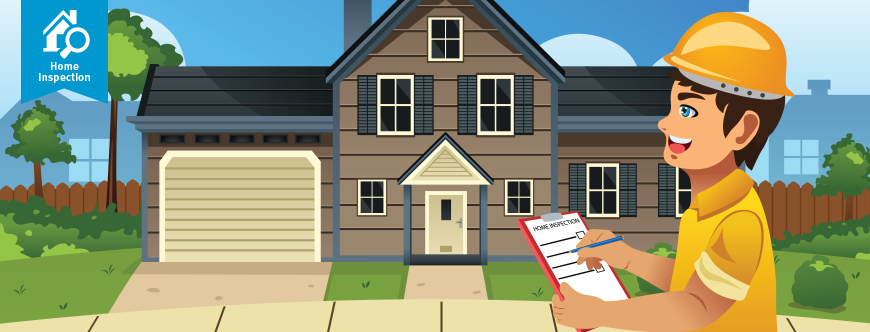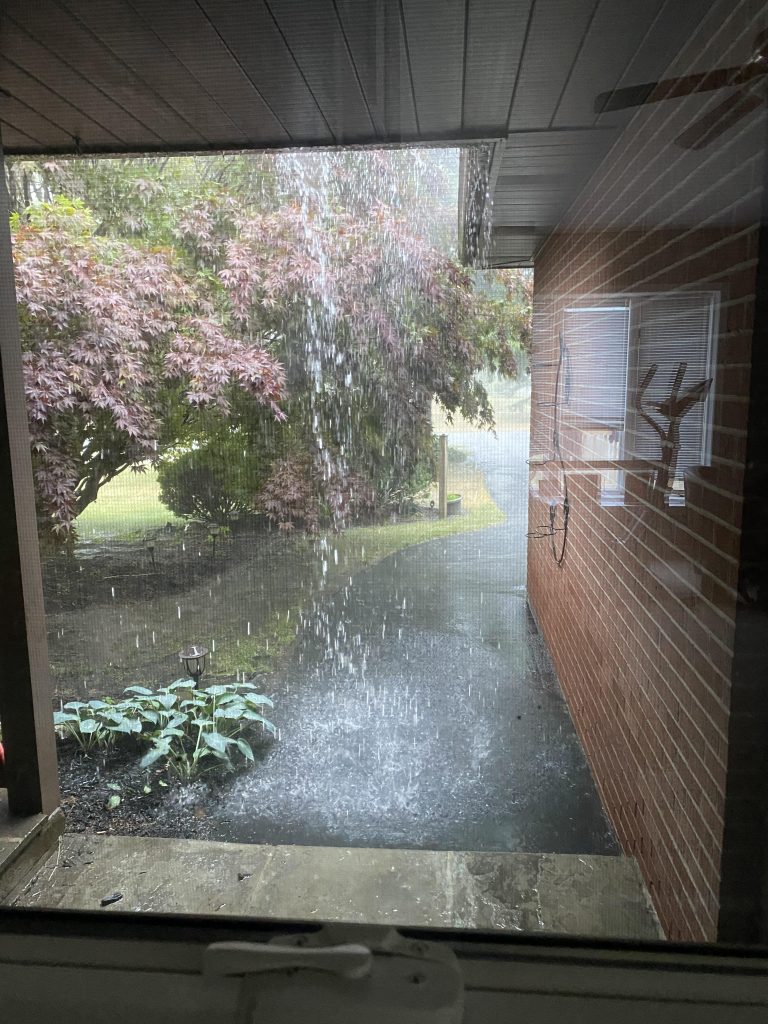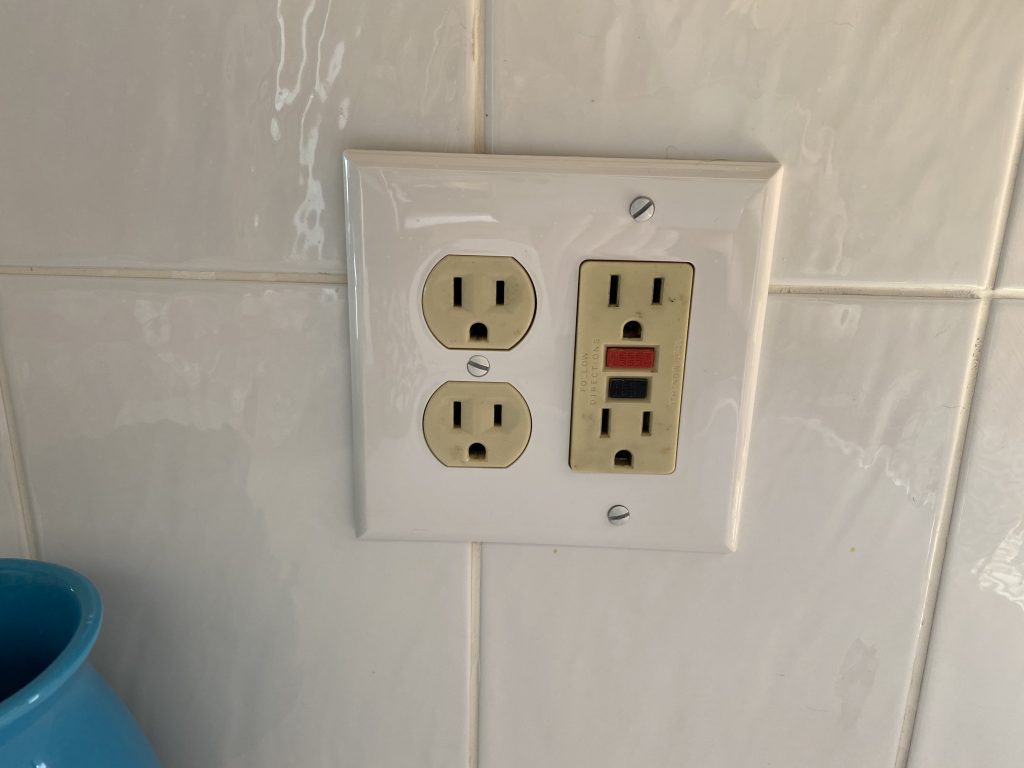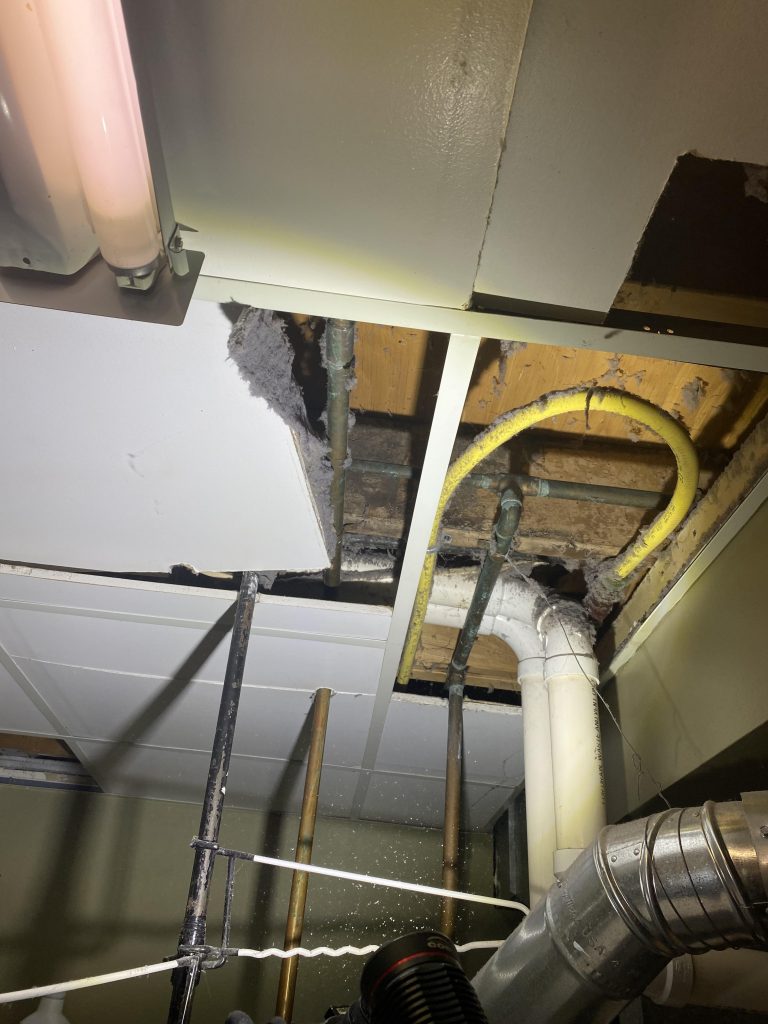A home inspection is often part of the home buying/selling process. This inspection is a visual examination of the home’s systems and condition at that time. While not every home inspection will be the same, there are common issues that are found across many of these inspections. Some of these problems can be easily addressed by the home owner prior to listing the home. Tackling these issues prior to listing can help save money, hassle, and possible future problems down the line.

1st Common Issue: The HVAC system
No Recent Service Records
Regular maintenance of the furnace and air conditioning units is essential in keeping these units in good shape. However, during inspections, they are often found to be without recent servicing and cleaning. If a unit is over 10 years old, it is best to have the system cleaned and serviced yearly. For a unit that is less than 10 years, the manufacturer recommends servicing every 2 years. A homeowner can easily have a qualified HVAC technician clean and service the unit prior to listing a home. Not only does this keep the unit running smoothly, but potential issues that may come in an inspection can be avoided.
2nd Common Issue: Gutters & Downspouts
Downspouts Stop At Or Near The Foundation
A common home inspection issue occurs when downspouts stop at the foundation. Water from the gutters begins to pool around the foundation. This can allow the water to enter the basement and could lead to problems with the foundation. Downspouts should be extended to a minimum of 6’ away from the foundation. Gutter extensions are an easy fix to this issue.
Gutters Filled With Debris
The second common home inspection issue with gutters is when they are found to be filled with leaves, sticks, and other debris. The gutters can become plugged. This prevents water from flowing smoothly through the gutter system. Leaks and water overflowing from the gutters may result.

3rd Common Issue: Grading Issues
Grading Slopes Toward the Foundation
The grading of the soil and plants near a home’s foundation should be sloped away from the house. This keeps any water from pooling or flowing towards the foundation. The grading is often found to be pitching toward the foundation during many home inspections. Similar to the lack of gutter extensions, this can allow water to enter the basement and could possibly lead to foundation issues. Keeping shrubs and plants at least 12″ from the home is a good rule of thumb when planting near the house. This helps prevent the vegetation from damaging the structure of the home.
4th Common Issue: Electrical
Ground Fault Circuit Interrupters Are Missing or Faulty
Current standards require GFCI’s (Ground Fault Circuit Interrupter) in specific areas of the home. These are special outlets or receptacles that help protect people from getting shocked. The GFCI has a microprocessor that senses minute leakages of current and shuts off the power. A GFCI is connected into both the hot and neutral wires of a circuit so it can continuously monitor and compare them. The currents should always be equal. The microprocessor can sense a difference of just 1/200th of an amp. When this occurs, it immediately trips the circuit. Power is interrupted in 1/40th of a second or less and cuts off the power before serious injury can occur.
Electrical code requires GFCI receptacles in areas you are likely to ground an electrical appliance. All kitchen countertop receptacles require GFCIs. Other areas that require GFCI protection include bathrooms, unfinished basements and crawlspaces, garages, and exterior receptacles.
During inspections, these areas are frequently found to either be without GFCI’s or the GFCI receptacle did not trip when tested. If a GFCI does not trip, this can be a shock hazard and/or damage electronic equipment. These receptacles should tested monthly and replaced if they do not trip.

5th Common Issue: Dryer Vent
Flexible foil dryer ductwork
Flexible foil dryer ductwork is prone to deterioration. Inspectors will note this type of ductwork as inadequate during home inspections. Lint can catch on the interior surfaces and become a fire hazard. At times, the vent can come loose allowing the lint to blow into the surrounding area and collect in drop ceilings. As a duct corrodes, it can allow poisonous carbon monoxide to leak into the home when connected to a gas dryer. This is a safety hazard. Current standards, and most manufacturers require the dryer vent material to be a minimum 28 gauge, 4″, smooth wall metal piping. Homeowners can easily replace this ductwork for a minor cost.

6th Common Issue: Loose Toilets
During inspections, toilets are often found to be loose at the floor. This can allow water to get under the toilet resulting in damage to the subfloor. Toilets should be bolted down with a wax seal to prevent leakage and water potential damage. A qualified plumber or contractor can remedy this issue.
7th Common Issue: Bathroom Fan Ventilation
Fan Does Not Vent to the Exterior of the Home
Many bathrooms have fans to help vent the moisture from the room. It is quite common for inspectors to find the fan ductwork stopping in the attic. When this happens, warm, moist air can collect in the attic. This provides conditions favorable to mold growth and rot. The ductwork is also found to terminate in the soffit. Again, this is not the proper way to vent the fan. Venting into the soffits can also allow the warm, moist air to collect in the attic. The fan should ventilate directly to the exterior of the house, either through the roof or side of the home.
8th Common Issue: Garage Door Openers
An inspector will test the safety features of a garage door. After 1993, all newly manufactured garage door openers are required to have a photoelectric eye system. The door retracts when the eyes are obstructed. If the sensors fail to respond, accidents can easily occur. This presents a safety hazard. Another safety feature on a garage door opener is the auto-reverse feature. Garage doors manufactured after 1991 must have this built-in safety feature. The door should quickly reverse and go back up when light resistance is applied. This stops the door from crushing any obstacle not within the vision of the electronic sensor eyes (or if the electronic sensor eyes malfunction) such as your car, an animal, or a child. Failure of these safety features are common home inspection issues.
Click the link for more information on garage door opener safety and how to check these features.
Conclusion
A thorough home inspection can protect a buyer from major issues in the home. A pre-listing home inspection can inform a seller of issues to fix prior to putting the home on the market. As each home is unique, so too is each home inspection. Therefore, this is not an exhaustive list of potential issues. However, many common issues tend to be found across different home inspections. Awareness of these common home inspection issues, and proactively addressing them, is beneficial to the homeowner.
Have questions? Contact me!


Recent Comments